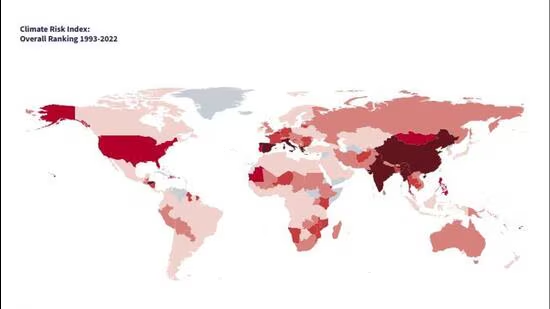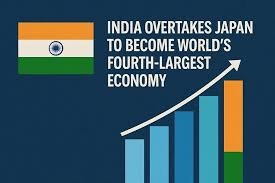The global climate crisis has escalated significantly in 2025, with several countries experiencing a rise in temperature, extreme weather events, and environmental degradation. While climate change affects the entire world, some nations are particularly more vulnerable due to their geography and economic conditions. Here’s a look at the most affected countries in 2025 and the challenges they are facing.
1. Bangladesh: The Battle Against Rising Seas
Bangladesh is one of the most climate-vulnerable nations, with rising sea levels causing
severe flooding and displacement of millions of people. Coastal communities are
experiencing saltwater intrusion, making agriculture very difficult. The country is investing in
climate resilience projects, but the rapid pace of environmental change poses a serious
threat to the country and its people.
2. India: Looming Heatwaves and Water Scarcity
India is bracing for record-breaking heatwaves in 2025, with meteorologists warning of
temperatures potentially going beyond 50°C (122°F) in some regions. As summer has just
begun, early signs indicate extreme heat conditions, which could lead to increased deaths,
reduced agricultural yields, and severe water shortages. Cities like Delhi and Chennai are
already preparing for potential water crises, prompting the government to implement
emergency conservation measures.
3. Somalia: Drought and Famine Intensify
Somalia has been facing prolonged drought conditions, leading to widespread famine and
food insecurity. With failing crops and scarce water sources, millions of people are at risk of
malnutrition and displacement. The ongoing crisis is exacerbated by political instability and
limited international aid.
4. Australia: Devastating Wildfires Return
Australia continues to suffer from large-scale wildfires, fueled by high temperatures and dry
conditions. These wildfires have destroyed vast areas of forest, wildlife habitats, and homes.
Despite efforts to mitigate fire risks, the frequency and intensity of these disasters are
increasing.
5. The Philippines: Super Typhoons and Coastal Erosion
The Philippines is highly vulnerable to extreme weather events, like super typhoons
battering the country more frequently. In 2025, multiple typhoons have caused catastrophic
flooding and landslides, displacing thousands of people. Additionally, coastal erosion is
threatening communities, pushing people further inland and straining urban infrastructure.
6. Brazil: Amazon Rainforest Under Threat
Deforestation in the Amazon rainforest has reached alarming levels, worsening the global climate crisis. Illegal logging, land clearing for agriculture, and wildfires are accelerating climate change, affecting not only Brazil but the entire planet. This environmental destruction is also reducing the region’s ability to absorb carbon dioxide, worsening global warming.
7. United States: Hurricanes and Extreme Weather
The U.S. has been hit by an immense number of hurricanes in 2025, particularly in the Gulf Coast and southeastern states. The frequency and strength of these storms have increased due to warmer ocean temperatures. Additionally, severe droughts in the western states are leading to water shortages and agricultural losses.
8 Madagascar: Rising Hunger and Habitat Loss
Madagascar is experiencing a severe climate-induced famine, with unpredictable rainfall patterns devastating crops and food supplies. The island nation’s unique biodiversity is also at risk, as deforestation and habitat destruction threaten declining species.
What’s Next?
The climate crisis is no longer a distant threat, but a present reality. Urgent global action is required, invest in sustainable practices, and support vulnerable nations in adapting to climate change. Without immediate intervention, these environmental disasters will only intensify, affecting millions more in the years to come.
As the world grapples with these challenges, cooperation between governments, industries, and individuals will be crucial in shaping a sustainable future for our planet.










